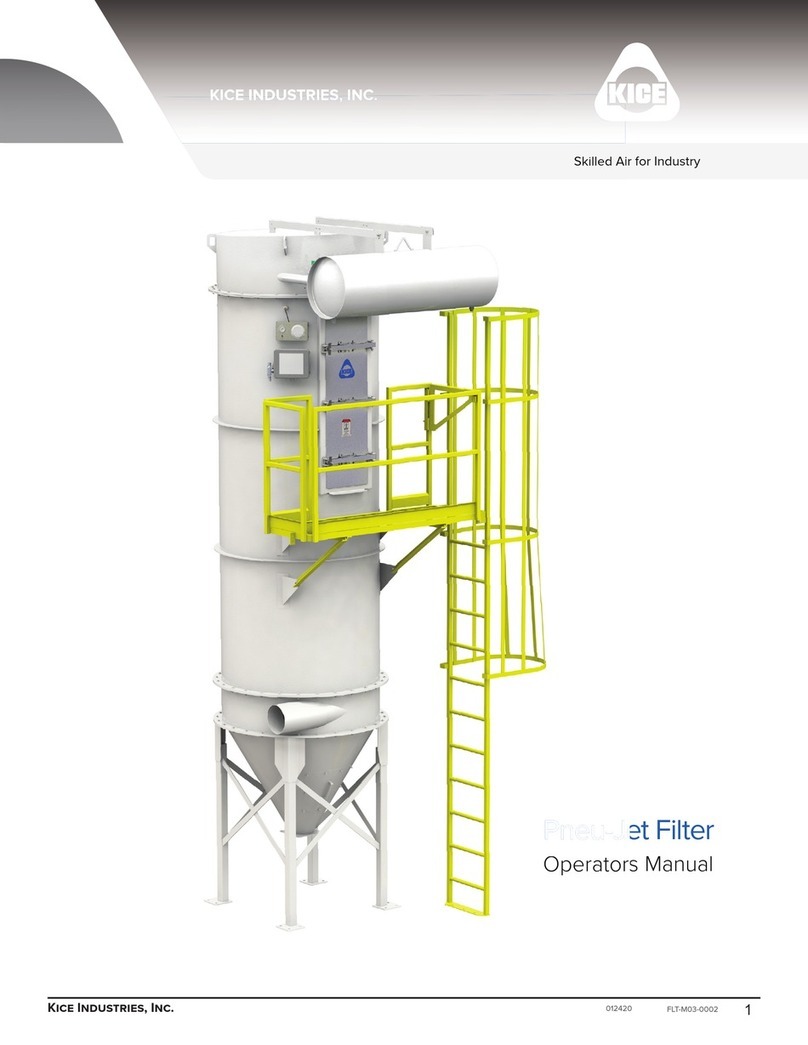
9
Kice Industries, Inc. 041019 APU-M01-0001
Safety Precautions Continued
•
•
•
•
•
•
•
•
•
•
•
•
•
•
•
•
•
•
•
•
•
•
•




























